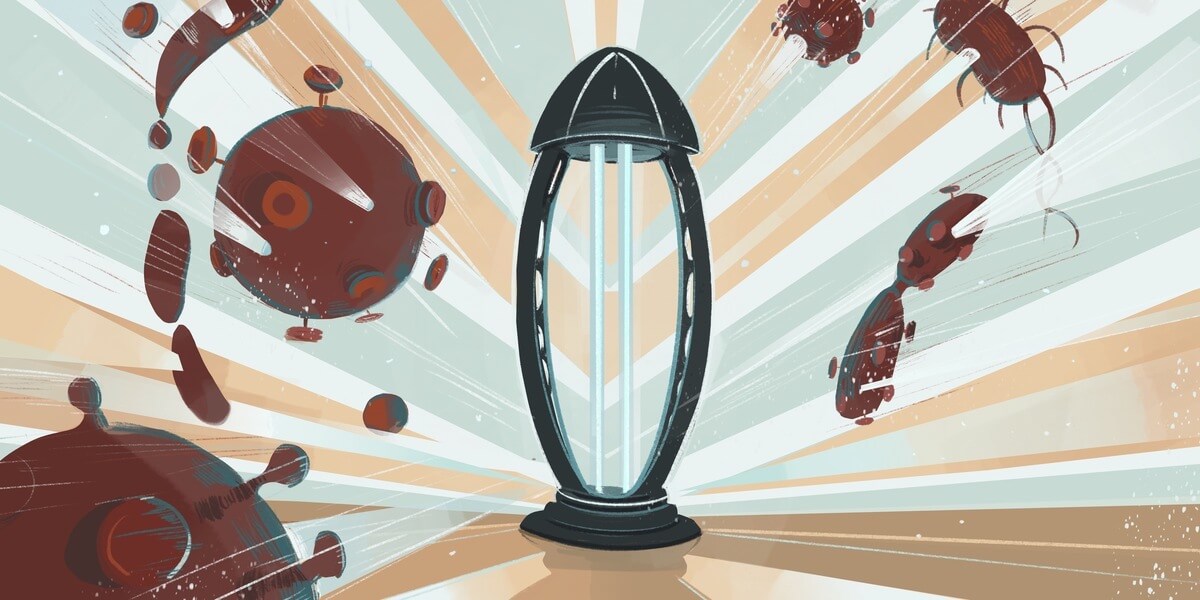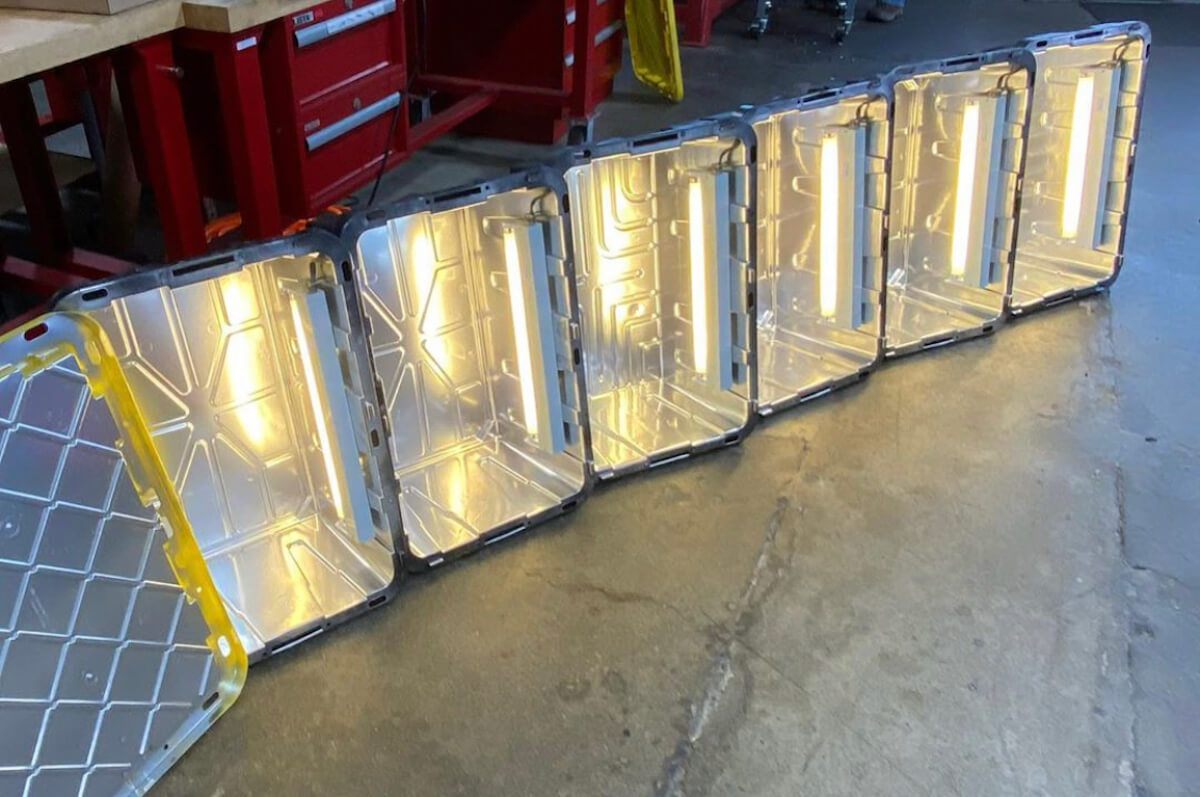
Professor Andrea Armani, Ray Irani Chair in Chemical Engineering and Materials Science, discussed how UV light can be used for disinfection purposes as part of USC Viterbi’s lecture series “Viterbi vs. Pandemics!” Image / Shutianyi Li
This Fall, following the National Academy of Engineering (NAE) Call to Action for engineers to “crowdsource and collectively brainstorm engineering solutions for the coronavirus disease (COVID-19),” USC Viterbi is offering “Viterbi vs. Pandemics!,” a new lecture series by USC Viterbi faculty to comprehensively provide an engineering-centric framework for addressing and understanding the COVID-19 pandemic.
During the 10-week, free program, students gain exposure to myriad topics, ranging from the estimation of risk and protein engineering by directed evolution to the contributions made by computer science and electrical engineering faculty in automating human safety technologies, detecting misinformation and digital contact tracing. The one- to two-hour sessions take place on Thursdays at 6 p.m.
On Sept. 24, Andrea Armani, the Ray Irani Chair in Chemical Engineering and Materials Science, spoke about biology and disinfection for COVID-19.
Research has shown that UV light is an effective disinfection method for a range of bacteria and viruses, including coronaviruses. UV-C light is capable of destroying genetic material in living things, meaning bacteria and viruses lose the ability to replicate themselves.
Partnering with Glendale-based firm SMP Engineering, Armani and her team have devised a simple but effective way to sterilize medical equipment using UV light to meet the urgent needs of medical professionals in the wake of COVID-19. Her team created an 18 gallon plastic bin equipped with a UV source to sterilize face shields, which have been in short supply during the pandemic.

UV-C disinfection devices created by Andrea Armani’s team. Image/Andrea Armani
Armani’s lecture discussed how disinfection based on UV-C operates, from a mechanistic level. The lecture also reviewed recent approaches for UV-C disinfection systems, evaluating efficacy, safety, and design considerations for different use cases.
“Think of it as reimagining disinfection,” Armani said. “We’re using off-the-shelf items you can get at Lowe’s or home improvement stores to make a device that can kill bacteria and viruses.”
UV-C light works by altering the nucleotides, or building blocks, of DNA and RNA, the former found in bacteria and the latter contained in viruses.
UV-C rays destroy the virus microbe by forcing its nucleotides to form dimers, or bridges, which halt its ability to replicate itself and spread.
“This system is a perfect synergy of biology and physics,” Armani said.
The research team’s work on UV-C disinfection systems has been published in Nature Reviews Materials, Biomedical Optics Express and APL Photonics.
Armani also conducted a free USC Viterbi webinar on the subject in April 2020:
Find out more about upcoming lectures in the “Viterbi vs. Pandemics!” series here.
Published on October 9th, 2020
Last updated on October 27th, 2020









